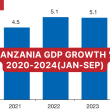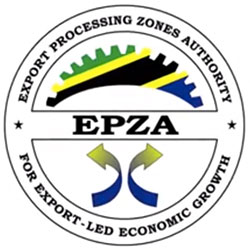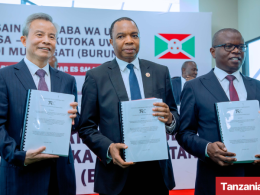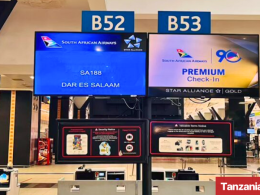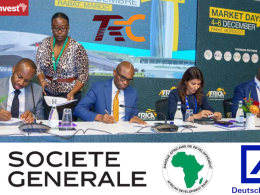The Managing Director of China Merchants Holdings International (CMHI) Dr. Hu Jianhua said recently to Tanzanian media that “the Bagamoyo port and its affiliated industrial zone would not only do away with the conflict between old port congestion and new urban development, but would also support Tanzania to become East African regional leading shipping and logistics centre.”
The ongoing Bagamoyo port project is implemented by CMHI and the Government of Tanzania.
Dr. Jianhua mentioned that “the ongoing Bagamoyo port project, which is an expansion of CMHI’s overseas port, will never stop.”
The Bagamoyo project framework agreement was signed on 24th March 2013 to enhance the competitive advantages of the Tanzanian port in the future.
Tanzania is in the process of establishing a Special Economic Zone (SEZ) at Mbegani, Bagamoyo, Pwani Region to foster rapid economic development through promotion of exports, attracting investments both local and Foreign Direct Investments (FDIs) and employment generation.
The Bagamoyo Special Economic Zone (SEZ) site is about 50 kilometers from the city of Dar Es Salaam, and 10 kilometres from Bagamoyo town.
The sea, railways, air and road transport networks link Bagamoyo efficiently with overseas supplies and markets and facilitates internal supply chains.
The Export Processing Zone Authority (EPZA) provides pre and after care services that include provision of guidance and comprehensive information about the establishment of SEZ investment in Tanzania, as well as a number of fiscal incentives.



